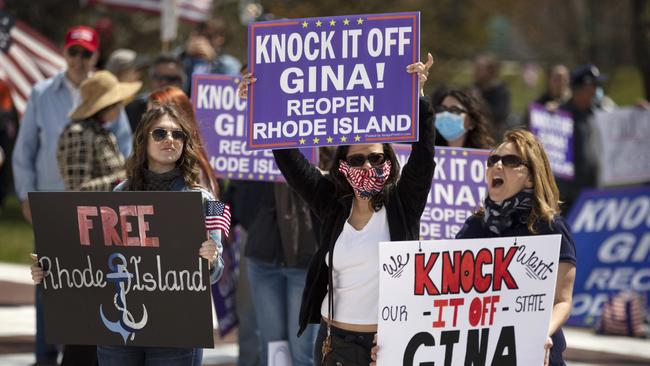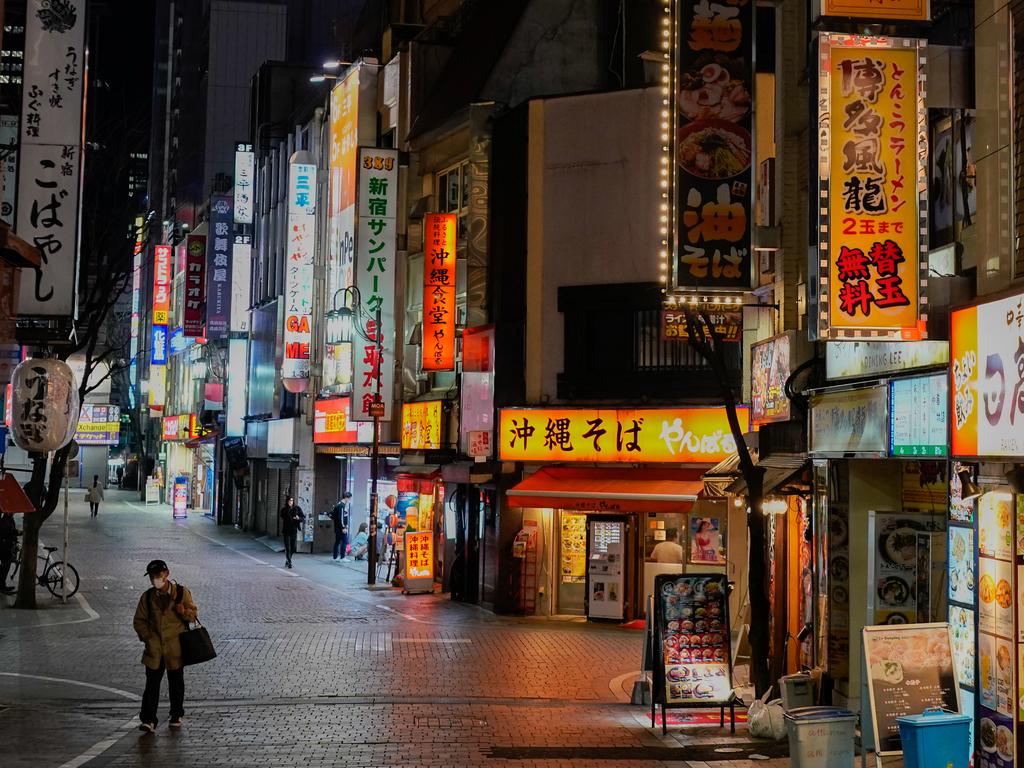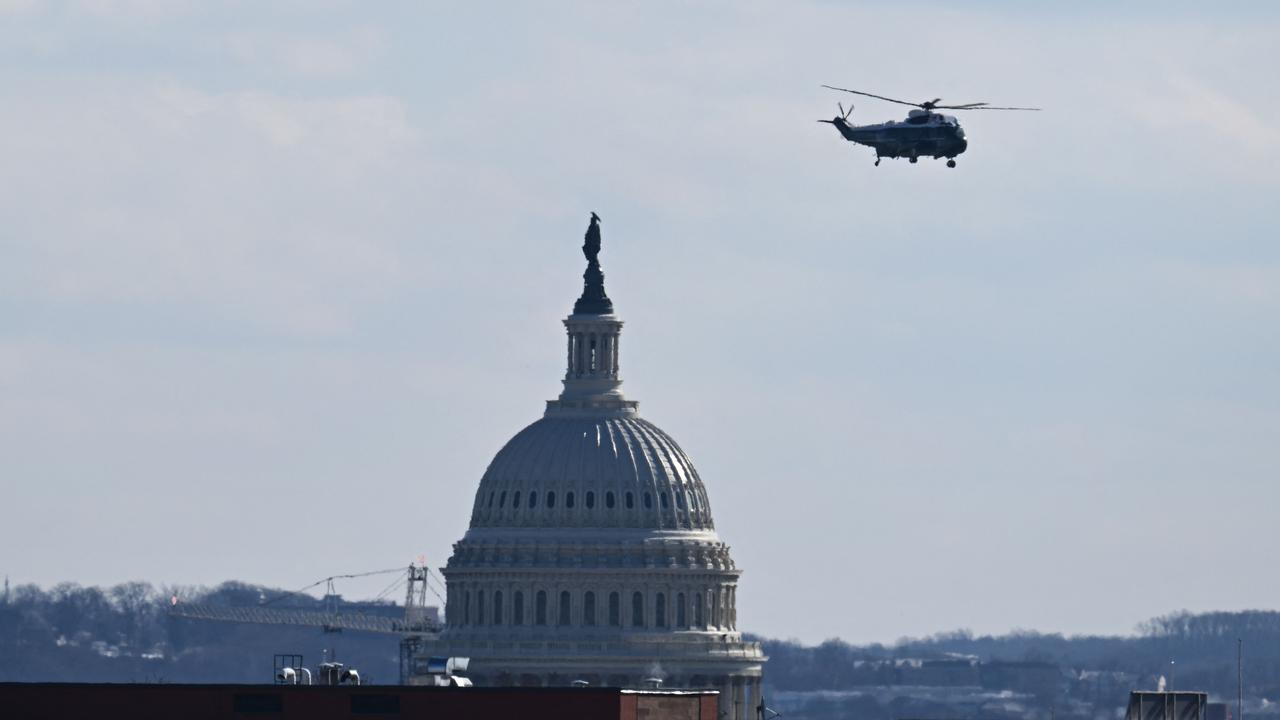Coronavirus: economy in ruins … how history will judge the coronavirus response

To some the coronavirus is a supporting actor in a drama titled The Iniquities of Donald Trump. Those of more balanced mind wonder whether Trump’s failings can be distinguished from the predictable and expected failings of the US government.
But it’s unlikely Trump will seem important to historians telling the story. Columbia University once found that only 20 per cent of flu sufferers and 5 per cent of cold sufferers bothered to see a doctor. This is why the Wuhan virus was destined to go worldwide even if China had been upfront or an American president had been clairvoyant. Every bit of data since has confirmed it. Infectious respiratory diseases are a fact of nature. Beijing was finally driven to action by the same consideration that drove other countries to action — when the number of infected people and the duration of their cases overwhelmed a local hospital system.
This is the proximate crisis that called for a public response around the world. Novel pandemic diseases are not a black swan. America’s lockdown response was a black swan.
We started off sensibly. “This is not something (American families) generally need to worry about,” said Centres for Disease Control and Prevention’s Nancy Messonnier in mid-January. “It’s a very, very low risk to the United States,” said Anthony Fauci a week later. New York Mayor Bill de Blasio urged residents to go about their business normally as recently as March 11.
As cold-blooded as it seems, these were the right statements at the time. Under “flatten the curve”, changes in public behaviour aren’t needed until they are needed. Roll that around in your mind a bit. The better we do at equipping local hospitals, the less we need to bankrupt local businesses and their workers to slow the virus as it runs its course through society. That was the idea we started with.
Not even the UK Imperial College study that so alarmed the world’s policy-makers recommended indiscriminate lockdowns and shelter-in-place orders. If we meant what we said, we’ve overshot in many places. Beds are empty. A ventilator shortage did not materialise. We failed to set aside enough capacity to treat other medical conditions like strokes and heart attacks. This is costing lives.
What happened? From Bill Gates to your local editorialist, a new priority waddled to the fore. We decided that whatever contributes to killing Americans at a routine total rate of 8000 or so a day, it shouldn’t be the coronavirus. Accidents, yes — 6 per cent of deaths. Heart disease, yes — 23 per cent. Flu and pneumonia, yes — 2 per cent.
These deaths are allowed but not deaths from the coronavirus even at the cost of economic ruin for millions. Of course, the media and public are free to decide now they never wanted to flatten the curve; they wanted to be spared the virus altogether. But explain how this is to be done. And explain why. The Economist magazine says we can’t restart the economy without an “unprecedented” $US180bn ($281.8bn) testing regime. Unprecedented is an interesting word because China, a country of 1.4 billion people with eight cities larger than New York, either must have developed such a system with nobody noticing or hasn’t found it necessary.
With its porous southern border, with its nine million overseas citizens who can come home whenever they want, the US isn’t New Zealand. Even so, I wonder if New Zealand a year from now will think it was sensible to seal itself off from the world to avoid a disease that may not be more deadly for the average person than the flu and certainly will not be extinguished elsewhere.
US politicians, sensitive to their survival in office, are stuck trying to save their constituents simultaneously from the virus and poverty, and get only cheap shots from the media. Restarting the economy will lead to more coronavirus deaths — and more motor vehicle deaths, more workplace deaths, even flu deaths.
What Americans need now is not another celebrity ad repeating the unsustainable “stay at home” mantra. They need detailed advice from government about how transmission does and does not occur (do masks help? are surface residues a significant threat? does infection confer immunity?) so they can learn to live with a virus that isn’t going away at least until a vaccine is developed.
And, for God’s sake, the media should stop confusing “infection fatality rate” with “case fatality rate”, grotesquely misleading the public on the true death rate. It’s hard to see why anybody would even report case fatality rate, a number without meaning since most of those tested either had celebrity access to testing or symptoms severe enough to require hospitalisation (ie, the equivalent of counting drunks and people who drive blue Austin-Healeys to estimate the risk of dying in a car accident).
The Wall Street Journal






